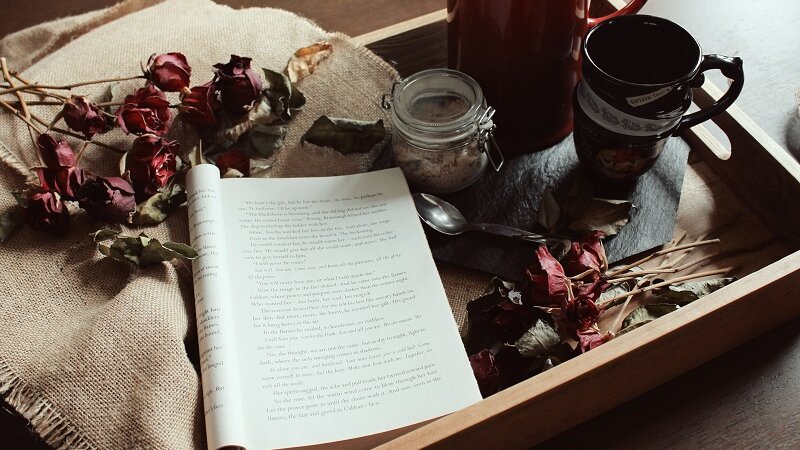Stylistics
Episode #6 of the course Studying English literature: Excel in the study of novels, poems, plays, and more by K.C. Finn
In the first part of the course, we explored the essential building blocks which create a story, and now it’s time to look deeper into the language techniques that authors use in every single sentence of their work. So, how do writers use their words to create emotion, tone, images, and ideas?
In this lesson, we’ll begin the study of stylistics, which is the domain of the distinctive styles found in particular literary genres, and in the works of individual writers. We’ll explore a series of key terms that will help you identify techniques and expose a writer’s overall style and mood.
The Top Ten Terms for Stylistic Analysis
Manner: One of the first things you’ll typically notice about a text is the level of formality, which we here label manner. Is the language similar to slang or casual speech, or does the text sound more refined and distanced?
Lexis: This refers to the choice of words that authors include in their work. For example, a historical fiction novel would probably include very different lexis to a story set in a sci-fi spaceship future.
Speech presentation: This can be presented directly (using speech marks) or indirectly (as in reported speech during prose). Notice who gets to speak, who speaks most, and how they are received by others.
Thought presentation: Similar to speech presentation, but reserved for the inner thoughts of selected characters. When do we get these thoughts, and how do they enhance the story?
Grammar: Is the language standard or non-standard, and are there unusual uses of sentence structure for effect?
Metaphor: This form of imagery uses figurative statements to set the scene, e.g. “His room was a pigsty”.
Simile: Another form of imagery, but this one makes comparisons using “like” and “as” rather than statements, e.g. “His room was as filthy as a pigsty”.
Allusion: This technique uses indirect references to make connections to other things, either within the text or in the outside world beyond the book.
Tense/timescale: Is the book written in the present or past tense? What is the timeline, and how does this affect the pace of the action?
Patterning: Repetition of themes, ideas, and situations can create patterns in the text for us to spot.
Activity
You can take any piece of text from a novel, short story, or even a flash fiction for this exercise, and again it’s best to venture out into something you don’t know very well. In your analysis, make sure you have the ten headings from the above list set up, with plenty of room to write beneath each one.
As you highlight pieces of text and write them down in your notes, try to add your thoughts about:
• why the author has chosen this feature
• the effect it is likely to have on the reader
• whether this feature is repeated throughout, or used as a one-off for impact
It is important to try and be as free as possible with your thoughts at this stage. How you read a piece may be different from the author’s original intentions, but that doesn’t mean you’re reading it wrong. The beauty of analysis is that it is always open to some level of interpretation!
Reflection
If this kind of in-depth analysis feels really enjoyable for you, then make sure you seek out the full range of stylistic terms so you can keep on labeling and identifying. Creating these labels gives you a fantastic crib sheet of terms to get stuck into any piece of text and begin to pick out the features. You should find that the more you can identify, the easier it becomes to talk about the choices of the author, the style of their writing, and the intentions behind what they are conveying to the reader.
In the next lesson, we’ll be extending our knowledge of stylistic techniques to include those which are most often found in poetry.
Until then,
K.C.
Recommended reading
Stylistics is a big, wide area with plenty more terms to learn. You can find a great glossary for any term you might be looking for over at Studfile.
Share with friends

